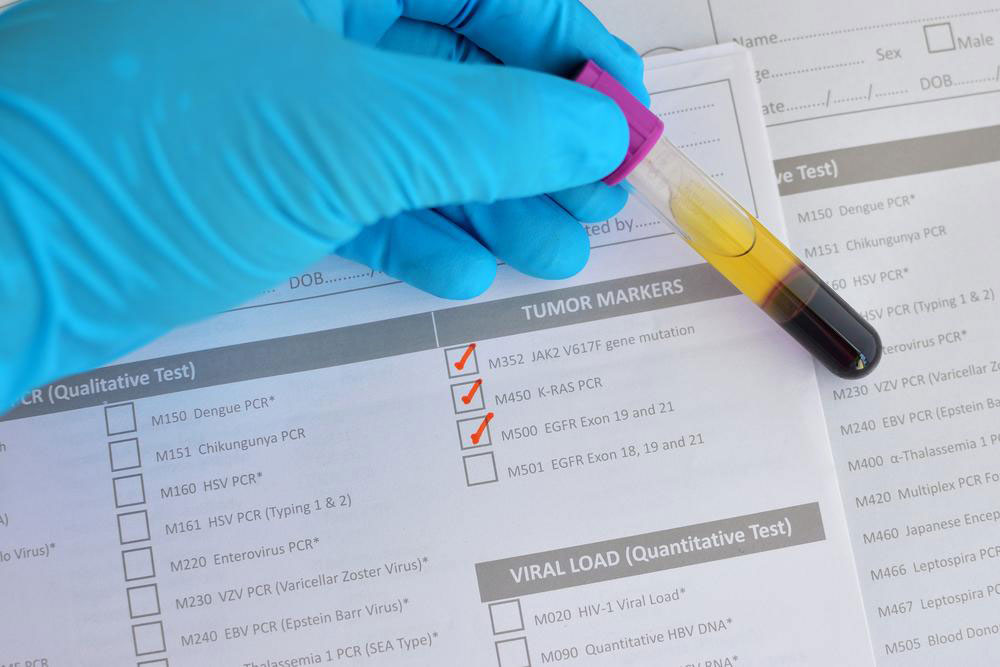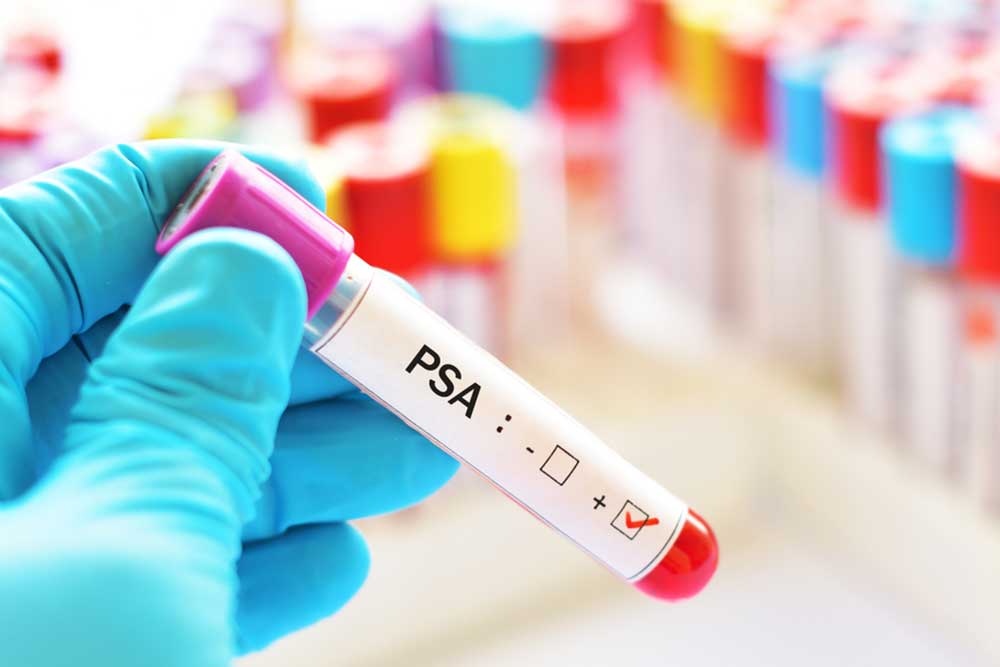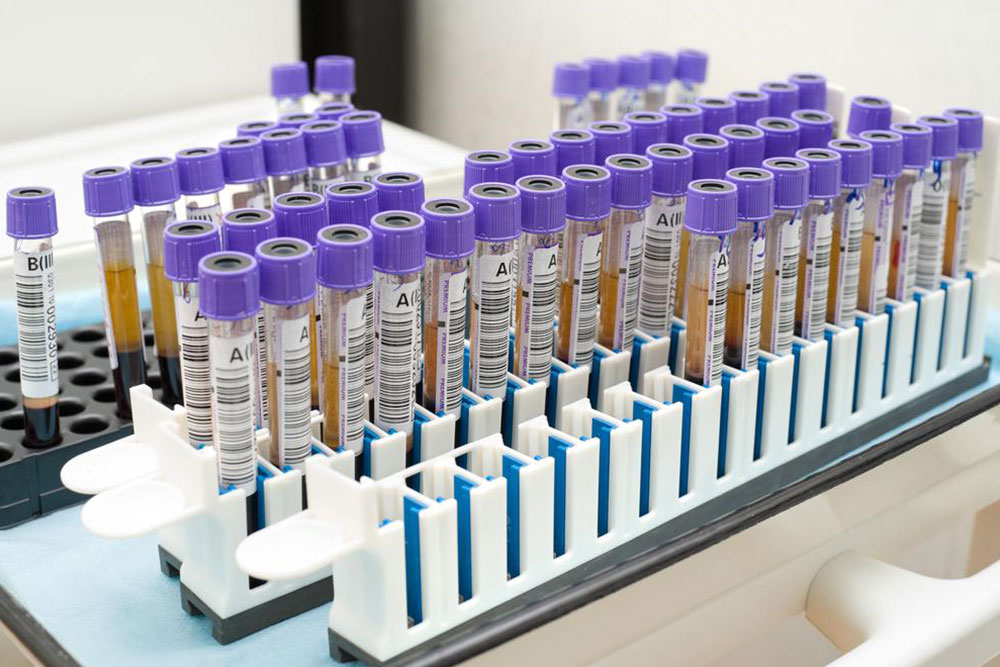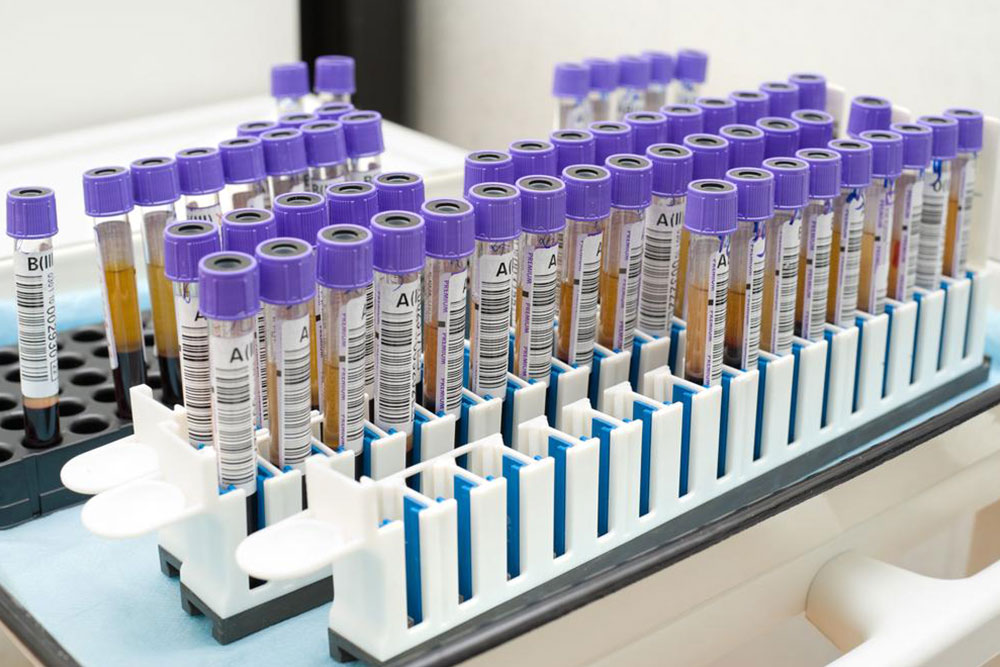Comprehensive Guide to PSA Levels: Essential Knowledge for Men's Health
This comprehensive guide explores PSA levels, measurement methods, normal ranges, age-specific considerations, and limitations of PSA testing. It emphasizes the importance of early detection and ongoing monitoring for prostate health, providing valuable insights for men over 40. Understanding PSA results aids in proactive health management and early intervention, improving outcomes and reducing risks associated with prostate conditions.

Comprehensive Guide to PSA Levels: Essential Knowledge for Men's Health
The prostate gland plays a crucial role in male reproductive health by secreting a specialized protein known as prostate-specific antigen (PSA). This protein, present in the bloodstream, is often measured as part of routine health checkups, especially for men over the age of 40. Elevated PSA levels can indicate various conditions, ranging from benign prostate issues to more serious health concerns such as prostate cancer. Understanding PSA levels, how they are measured, and what they signify is vital for early diagnosis and effective management of prostate-related health issues.
What is PSA and Why is it Important?
Prostate-specific antigen (PSA) is a protein produced by the prostate gland, which helps liquefy semen. In healthy men, PSA is found in small amounts in the blood.
Increased or abnormal levels of PSA can serve as early indicators of prostate inflammation, benign prostatic hyperplasia (enlarged prostate), prostatitis, or prostate malignancy.
Therefore, PSA testing is a vital screening tool used by healthcare providers to evaluate prostate health and detect potential problems early on.
How is PSA Measured?
The process of measuring PSA is straightforward and involves a blood sample taken from a vein, usually in the arm. No special preparation or fasting is typically required before the blood draw.
The blood sample is analyzed using advanced laboratory techniques, such as monoclonal antibody technology, which can detect very low levels of PSA with high precision.
Accurate measurement of PSA is critical, as even slight variations can influence clinical decisions and subsequent health assessments.
PSA exists in the blood in two main forms: free (unbound) PSA and PSA bound to various proteins such as alpha-2-macroglobulin, alpha 1-antichymotrypsin, and albumin.
The total PSA level reflects the sum of both free and bound forms, providing a comprehensive measure of prostate activity.
Normal PSA Levels and Variations
Typically, laboratories consider a PSA level below 4.0 ng/mL as within the normal range for most men. However, this threshold might vary slightly depending on the lab’s specific standards and measurement techniques.
Prostate health can naturally influence PSA levels—larger prostate glands, common with increasing age, tend to produce more PSA, leading to higher readings in older men.
It is essential to interpret PSA results in context, considering factors such as age, ethnicity, family history, and other health indicators.
Monitoring PSA over time, known as PSA velocity, can help detect subtle changes that might indicate developing prostate problems, even if absolute levels are initially normal. For example, a man aged 50-59 with a PSA rising from 0.5 ng/mL to 2.5 ng/mL over a year may not have an immediate concern but warrants ongoing surveillance.
Prostate enlargement can also impact PSA levels, with a PSA density (PSA level divided by prostate volume) of 0.18 or less generally indicating lower risk for malignancy.
Age-Adjusted PSA Reference Ranges and Their Significance
Using age-specific PSA reference ranges helps reduce unnecessary biopsies and procedures in older men with benign prostate enlargement.
For men aged 40-49, the median PSA is approximately 0.7 ng/mL; for those aged 50-59, it increases slightly to about 0.9 ng/mL. These ranges account for natural physiological changes with age.
Some research suggests that a fixed cutoff value of 4.0 ng/mL remains effective across different age groups, simplifying clinical decision-making. Nevertheless, the trend of rising PSA levels over time remains a critical factor for investigation.
This balanced approach in PSA screening aims to optimize early detection rates while minimizing unnecessary invasive procedures, especially in older populations with enlarged prostates.
Limitations and Factors Affecting PSA Test Accuracy
While PSA testing is invaluable, it is not specific exclusively for prostate cancer. Elevated PSA levels can also result from benign conditions such as prostatitis, urinary tract infections, or minor irritations.
False positives can lead to unnecessary anxiety and invasive follow-up procedures like biopsies.
Variability in testing methods and laboratory standards can also impact results. Research indicates that approximately 25% of men with PSA levels between 4-10 ng/mL might have normal biopsies upon further investigation, highlighting the importance of comprehensive assessment beyond PSA alone.
Cost and Insurance Coverage
The PSA blood test is generally covered by most health insurance plans, especially for men over 50 or those with risk factors.
Additional expenses may include doctor consultation fees, which can range from $25 to $100, depending on the healthcare provider and location.
Discussing costs and coverage with your healthcare provider before testing can help streamline the process and ensure appropriate follow-up care.
Understanding PSA levels is a cornerstone of proactive prostate health management. Regular screening, especially for men over 40 or those at higher risk, facilitates early detection of potential issues before they develop into more severe conditions. Combining PSA testing with other diagnostic tools and a proactive approach to health can significantly improve outcomes and quality of life for men worldwide.





